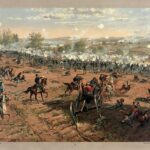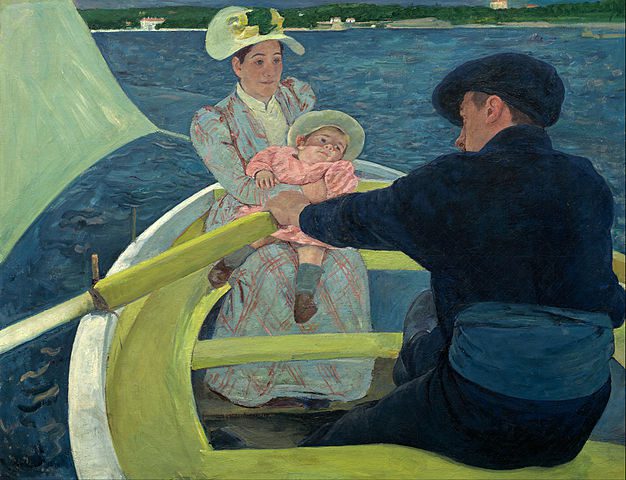
Mary Stevenson Cassatt, born on May 22, 1844, in Allegheny City (now part of Pittsburgh), Pennsylvania, was a pioneering American Impressionist painter and printmaker. Her life and artistic journey spanned the late 19th and early 20th centuries, leaving an indelible mark on the art world. Recognized for breaking gender barriers, Cassatt’s profound influence resonates through her extensive body of work and her role in shaping the trajectory of Impressionism.
Growing up in a family that valued education and the arts, Cassatt’s artistic inclinations emerged early. Her formal training at the Pennsylvania Academy of the Fine Arts provided a foundation for her future artistic endeavors. However, it was her decision to embark on a journey to Europe in 1866 that would significantly shape her artistic identity.
Parisian Sojourn and Artistic Awakening
Cassatt’s sojourn in Paris, a vibrant hub of artistic innovation, proved to be transformative. The exposure to the works of French Impressionists, particularly Edgar Degas, had a profound impact on her approach to art. Degas became not only a lifelong friend but also a mentor, influencing Cassatt’s artistic style and encouraging her to pursue her unique vision.
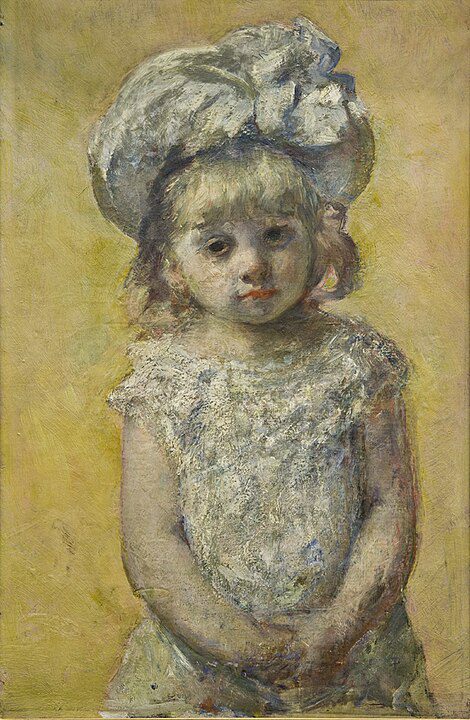
The Parisian art scene of the late 19th century was marked by experimentation and a departure from traditional academic norms. Cassatt, embracing the principles of Impressionism, found her artistic voice. Her paintings began to reflect an infusion of light, color, and a sense of immediacy, characteristic of the burgeoning movement.
The 1870s and 1880s witnessed Cassatt’s growing recognition, both in Europe and the United States. Her paintings, such as the iconic “The Child’s Bath” (1893), demonstrated her ability to infuse ordinary scenes with emotional depth and nuance. Cassatt’s exploration of the mother-child relationship became a recurring theme in her art, resonating with audiences and establishing her as a leading figure in the Impressionist movement.
Printmaking Prowess and Collaboration with Degas
Cassatt’s collaboration with Edgar Degas played a pivotal role in her artistic development. The two artists, bound by a mutual admiration for each other’s work, embarked on numerous projects together. Degas introduced Cassatt to printmaking techniques, a medium she embraced with enthusiasm. Cassatt’s innovative approach to printmaking contributed to the revival of the art form, solidifying her reputation as a versatile and pioneering artist.
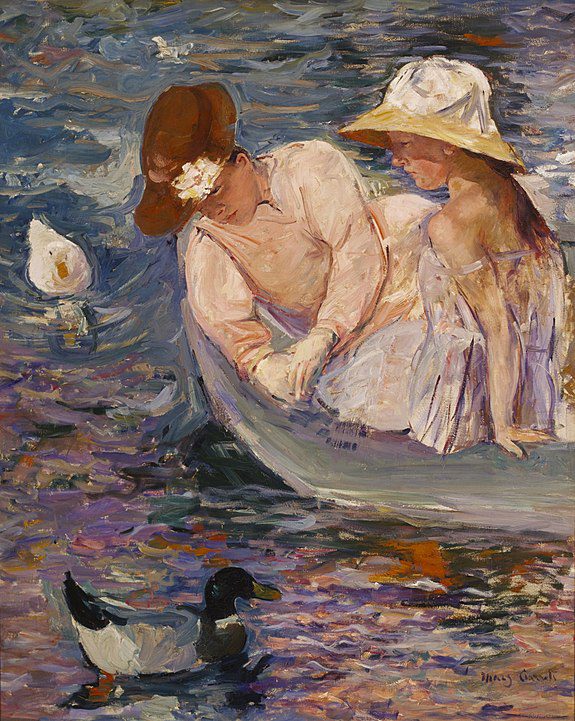
The trajectory of Cassatt’s career was not confined to her artistic contributions alone; she played a crucial role in challenging gender norms within the art world. Her determination to succeed in a male-dominated field paved the way for future generations of female artists. Cassatt’s advocacy for women’s rights and her position as a respected artist contributed to the broader cultural shift toward recognizing women’s achievements in various spheres.
Legacy and Lasting Influence
As Cassatt navigated the later years of her career, she continued to explore new artistic avenues. Her travels to Spain and Morocco in the early 20th century influenced her palette and subject matter. Cassatt’s fascination with the interplay of light and color persisted, and her late works demonstrated a mature and contemplative approach to her craft.
Mary Cassatt’s legacy endures through her extensive body of work and the impact she had on the art world. Her contributions to Impressionism, her dedication to breaking gender barriers, and her ability to capture the nuances of human relationships have solidified her place as a trailblazer in the history of art.
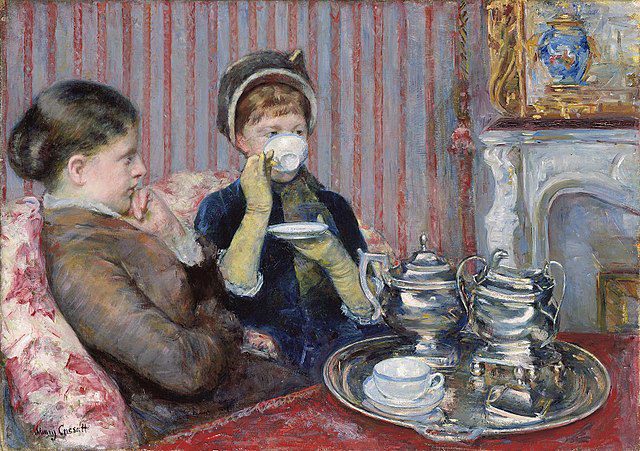
Cassatt’s influence reaches beyond her time, and her paintings continue to be celebrated for their innovative approach and emotional resonance. Her role in bringing Impressionism to a wider audience and her advocacy for women in the arts have left an enduring imprint on the narrative of art history. Mary Cassatt’s life and work exemplify the transformative power of art and the potential for individuals to shape cultural landscapes through their creative vision.


